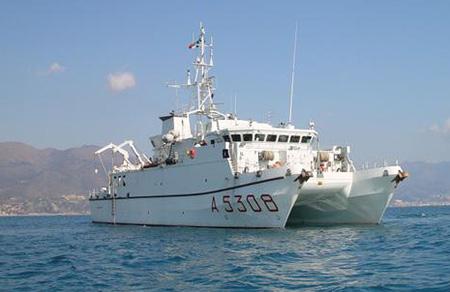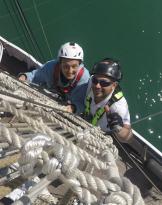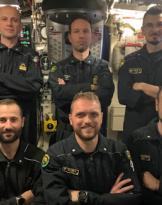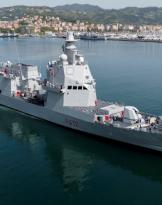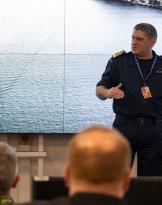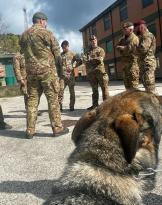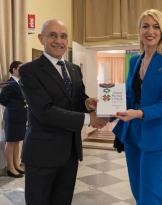The agreement between the Italian Navy and INGV is part of the dual use program lines that see the Armed Forces engaged in activities in favor of the community aimed at safety, environmental protection and civil protection.
Research activities and projects in the field of geophysics for purposes useful for the knowledge and forecasting of natural phenomena connected to the sea; mutual support for the development of centers of excellence in the field of hydro-oceanographic and geophysical research by supplying data, models and staff training; collaboration in research projects aimed at community programs, these are the key themes of the collaboration agreement, signed by the Chief of Staff of the Navy, Admiral Giuseppe De Giorgi, and the president of the National Institute of Geophysics and Volcanology (INGV ), Stefano Gresta.
.jpg) With the agreement the foundations are laid for a structured relationship of institutional collaboration for the development of partnerships in the field of research, design, training, culture of the sea, maritime safety, also through the involvement of the competent bodies for the management of emergencies.
With the agreement the foundations are laid for a structured relationship of institutional collaboration for the development of partnerships in the field of research, design, training, culture of the sea, maritime safety, also through the involvement of the competent bodies for the management of emergencies.
It is from 2005, with over 22 joint campaigns, that the Navy and INGV collaborate in research activities at sea, with exchange of skills and relevant technical-scientific results.
The first half of the 2015 has already seen the development of two activities. In fact, on the last 8 and 9 June 2015, an important series of tests was carried out on board the Palinuro training ship by researchers of the National Institute of Geophysics and Volcanology (INGV), of the Ligurian Marine Technologies District (DLTM), of the Historical Oceanography Society (HOS) and of the Society Innovative Strategic Research Environmental Monitoring (MARIS) with the purpose of evaluating the possibilities offered by the ship to carry out, in the future, training and technical-scientific education campaigns for young university students in order to improve knowledge of the marine ecosystem by retracing the historical stages of knowledge, analysis methods and the contribution made by marine technologies.
.jpg) The second collaboration, started last year and continued in the 2015, concerned the scientific experiment "Tomo-Etna", which aims to better understand the internal dynamics of the Sicilian volcano, in the context of the two European projects Mediterranean Supersite Volcanoes and Eurofleets 2.
The second collaboration, started last year and continued in the 2015, concerned the scientific experiment "Tomo-Etna", which aims to better understand the internal dynamics of the Sicilian volcano, in the context of the two European projects Mediterranean Supersite Volcanoes and Eurofleets 2.
The experiment included the Galatea vessel of the Navy as part of the institutional hydrographic survey campaign in favor of the Navy Hydrographic Institute.
The sophisticated on board sensors and the collaboration of the on-board hydrograph staff who assisted the civil researcher allowed to "observe" the magma chamber of the volcano which is at the depth of 13-15 kilometers and which is not yet known in detail. geometry.
All the amount of data collected is destined to increase the chances of mitigating the seismic and volcanic risk in eastern Sicily.
Source: Military Navy
.jpg)

